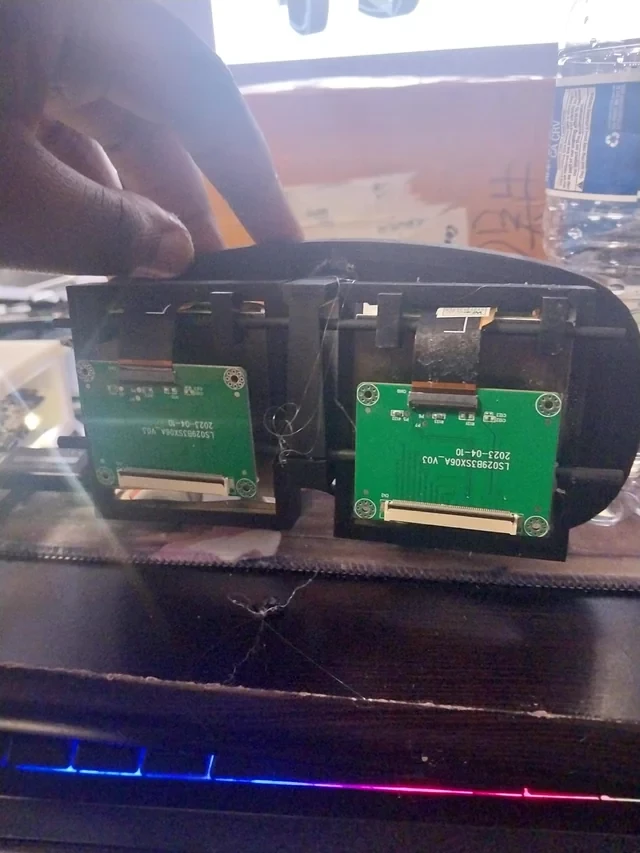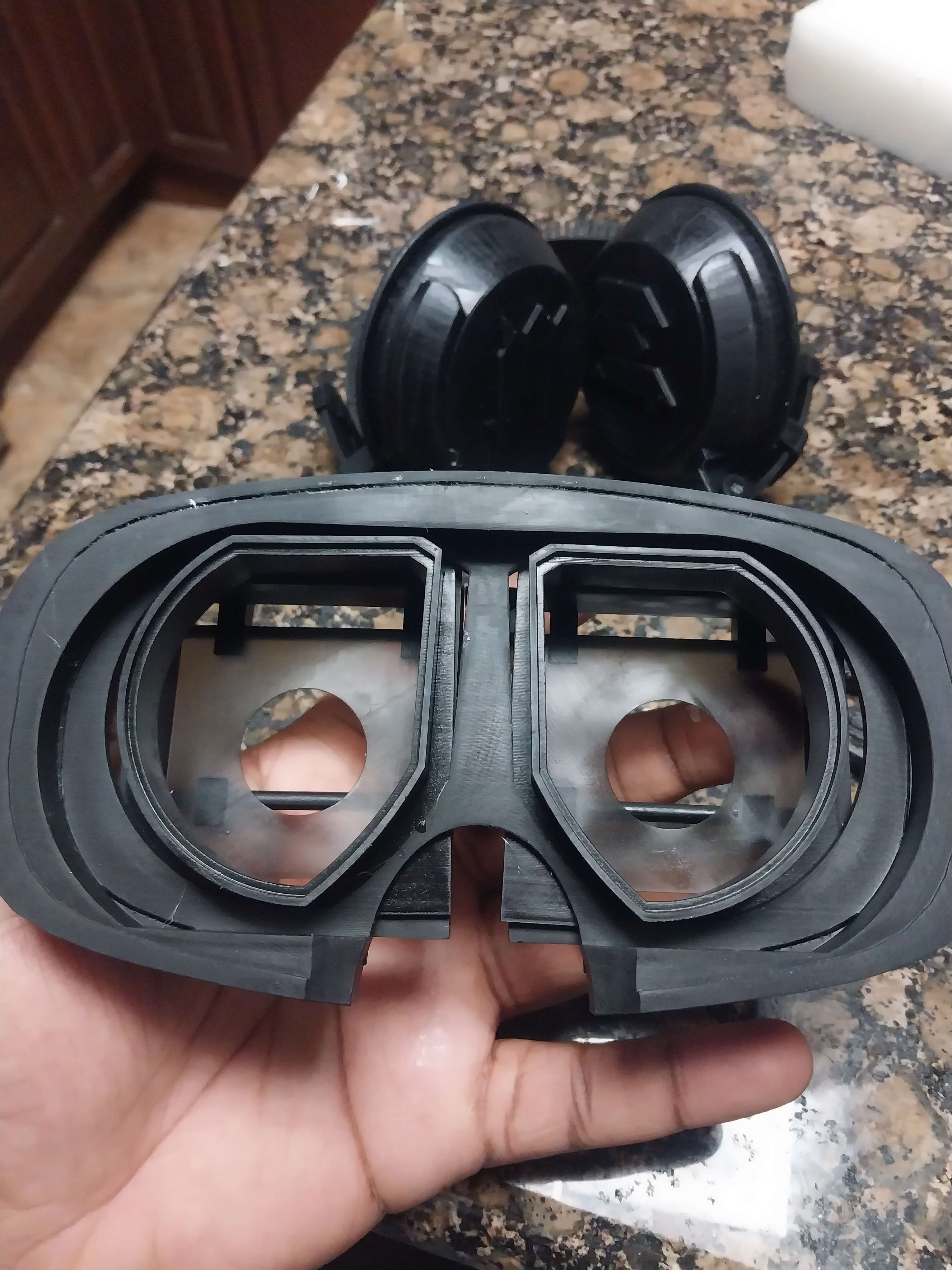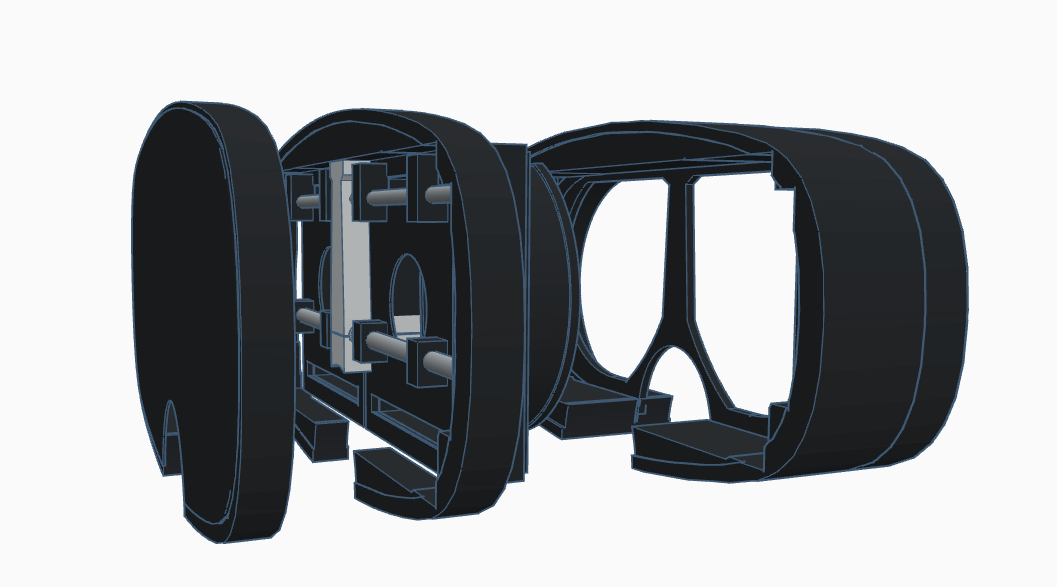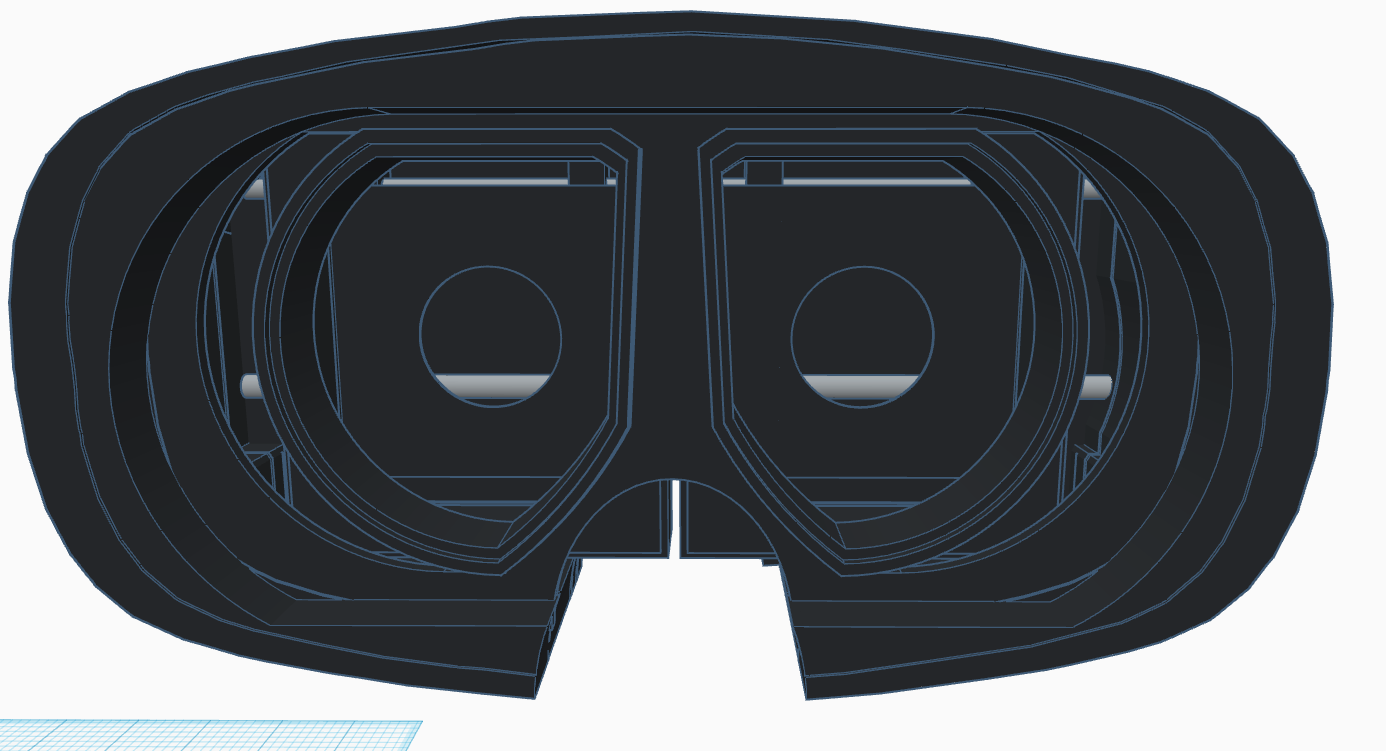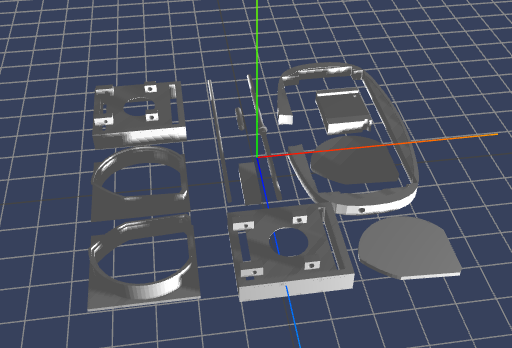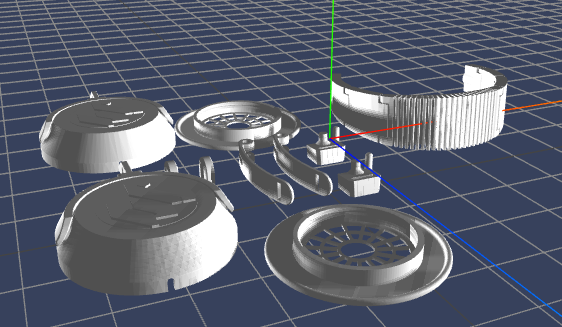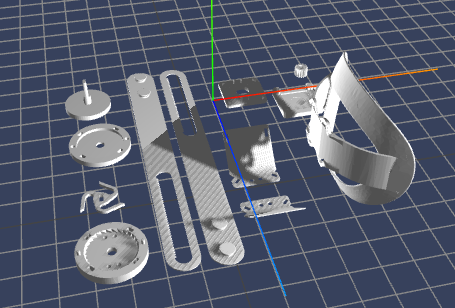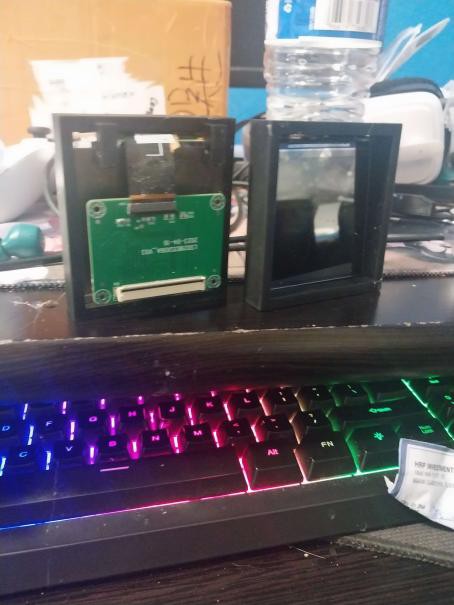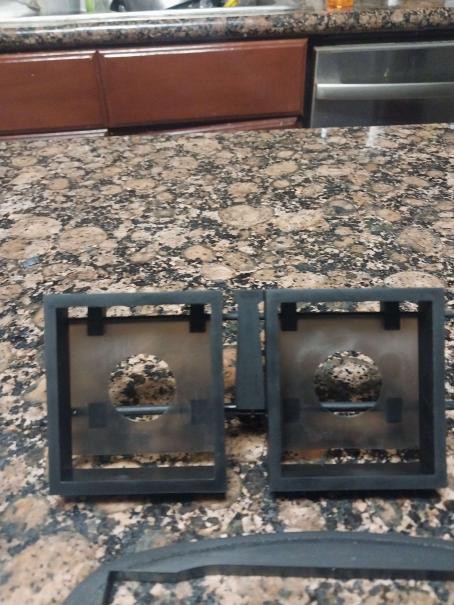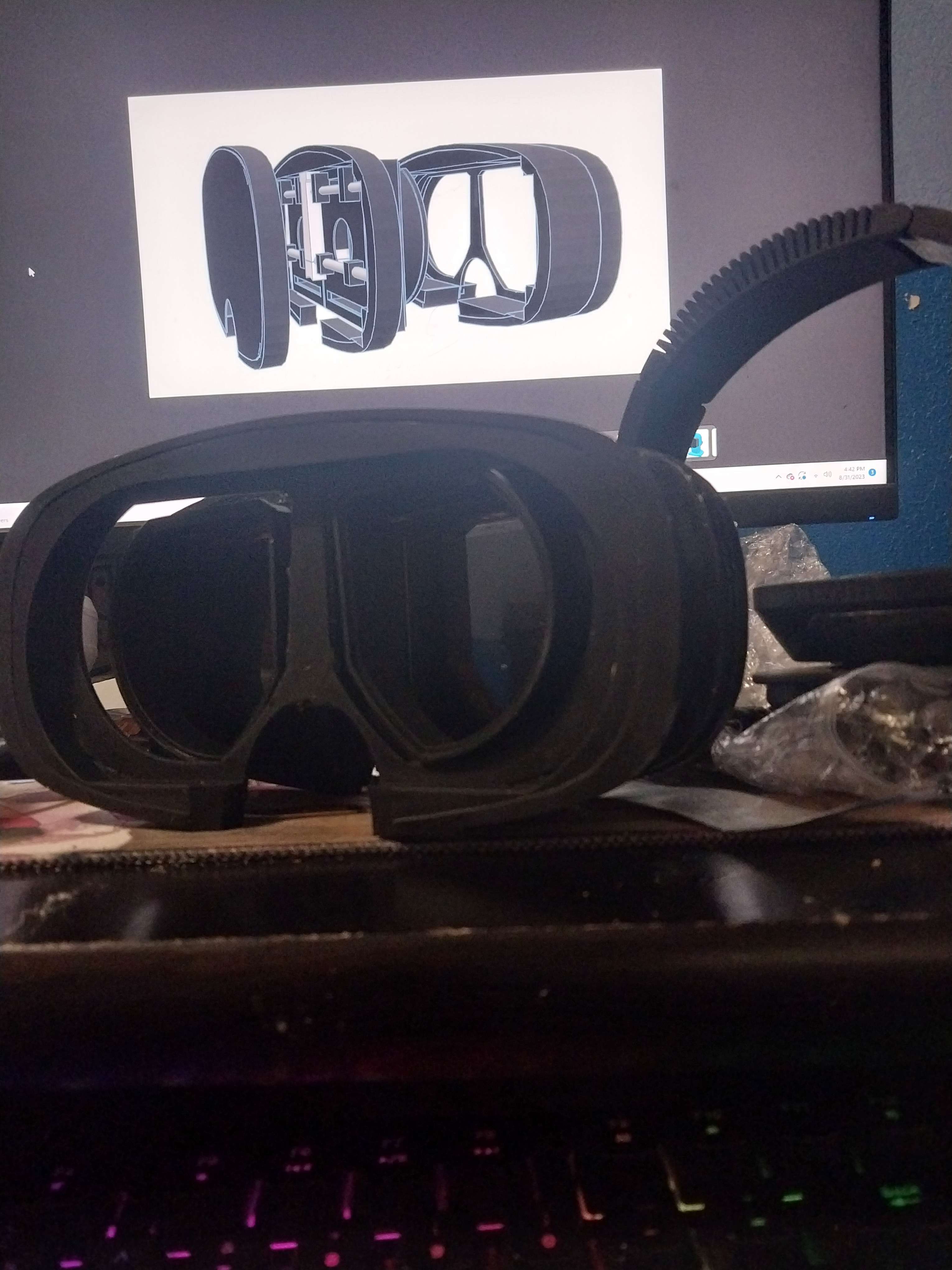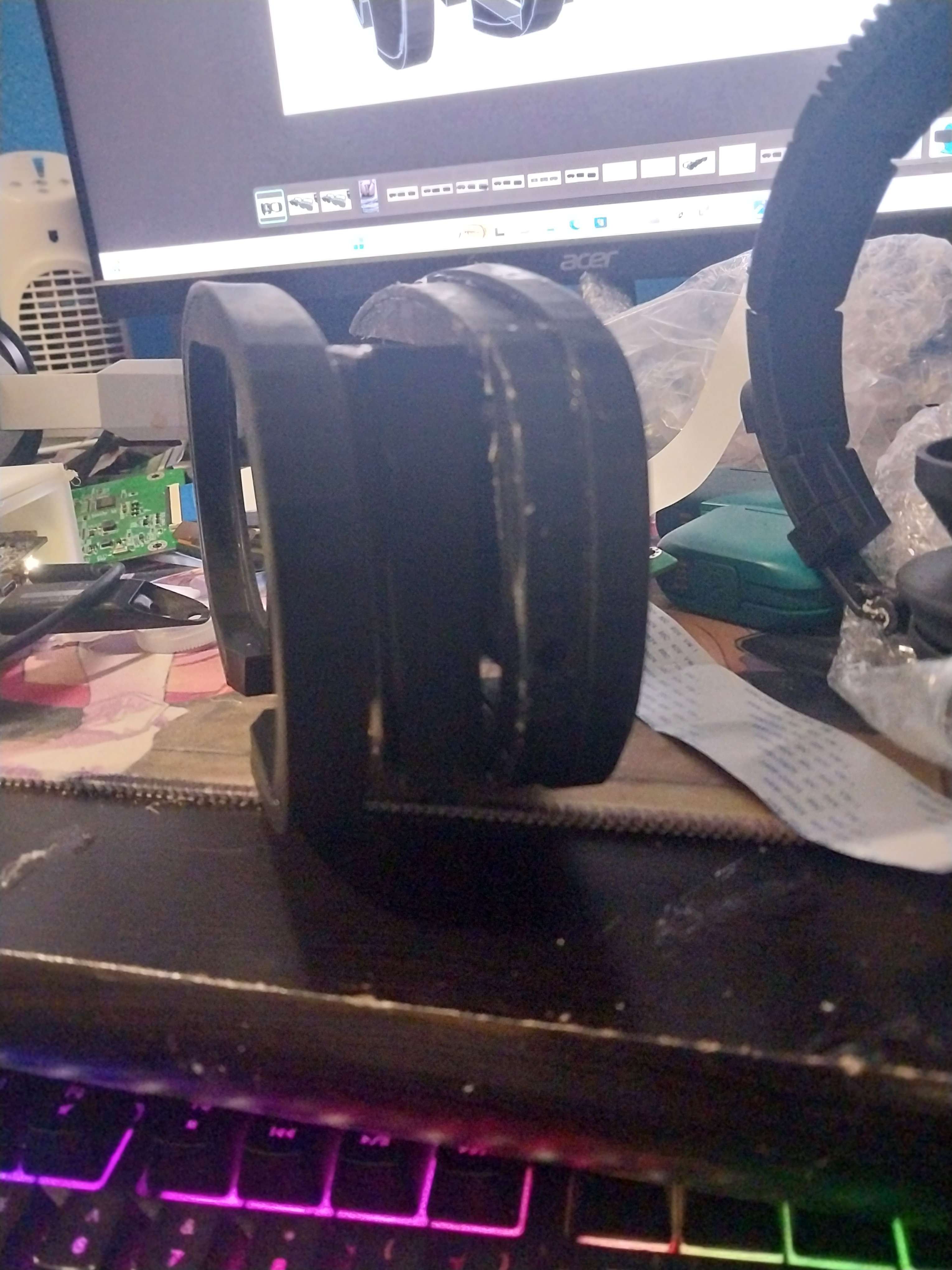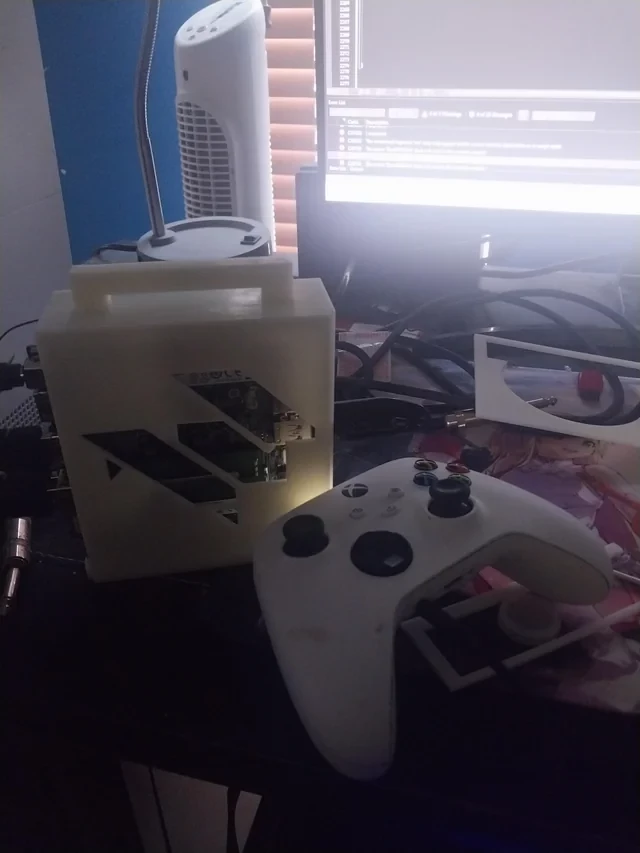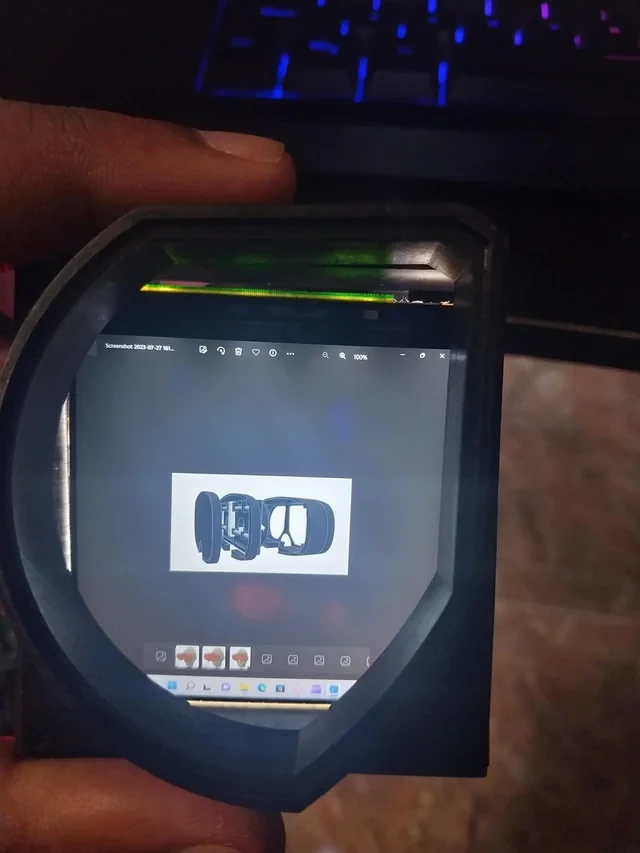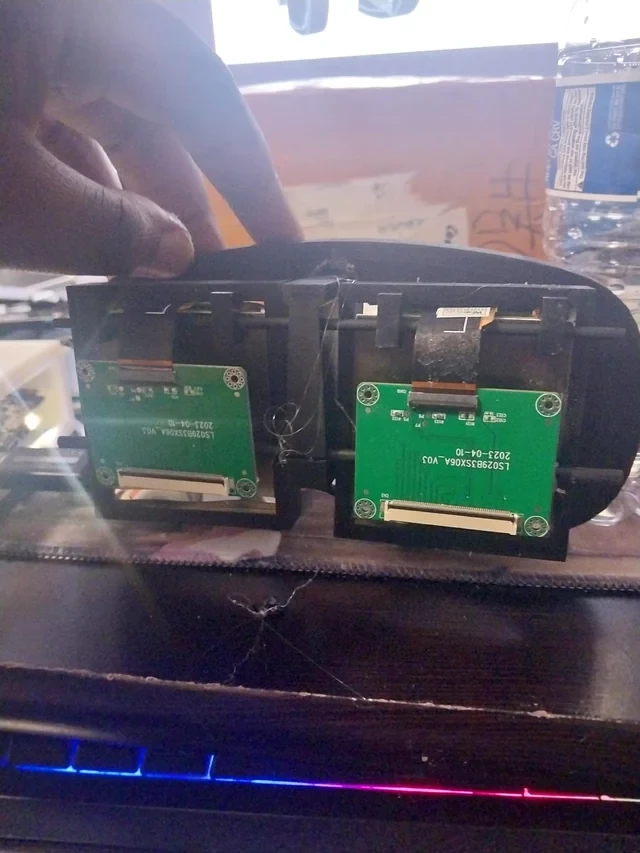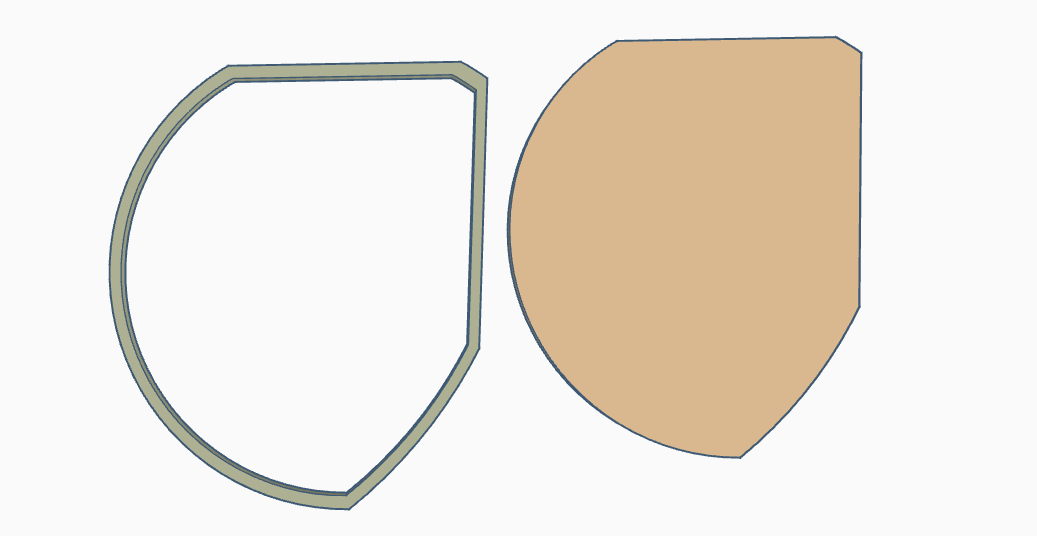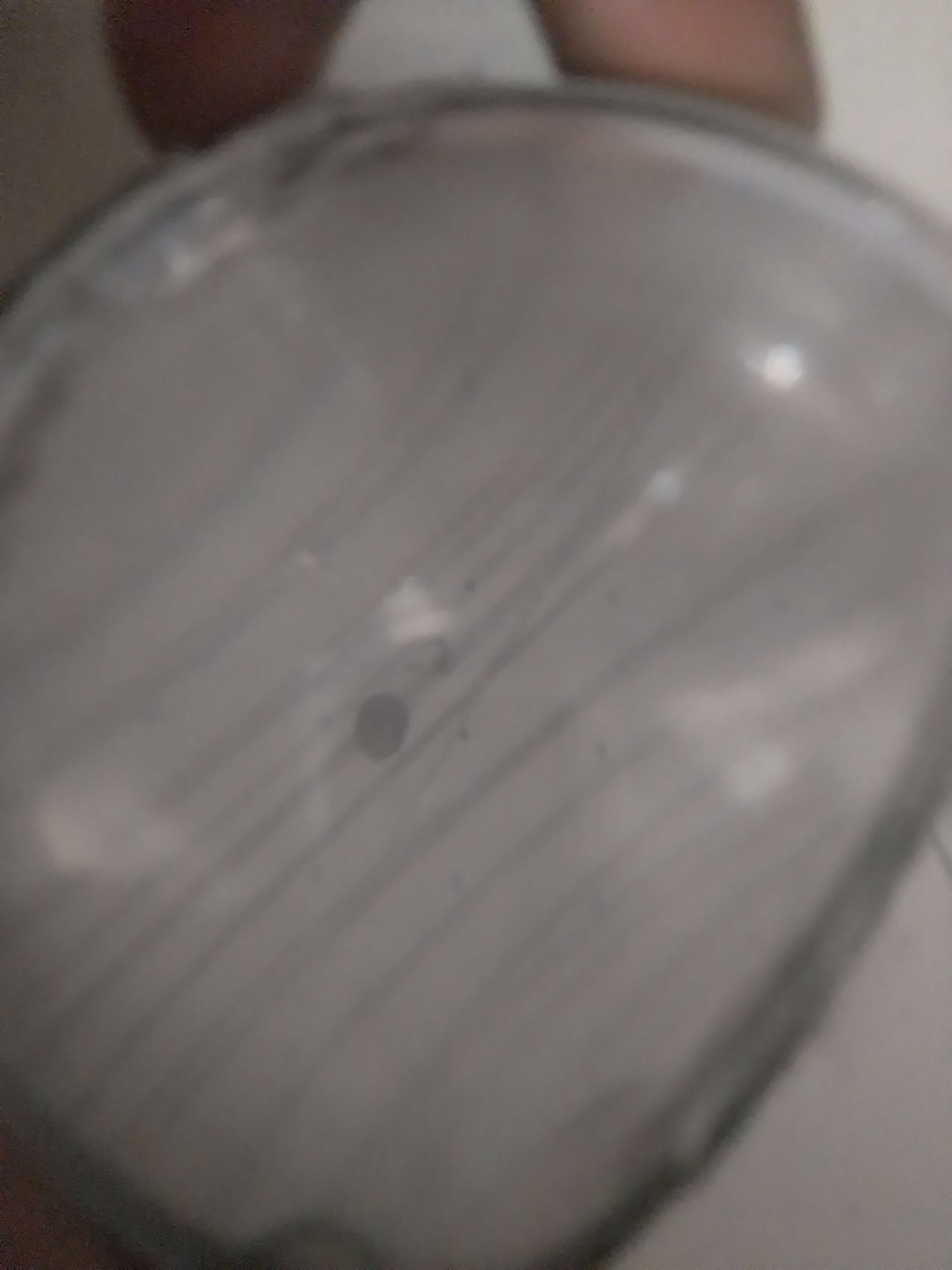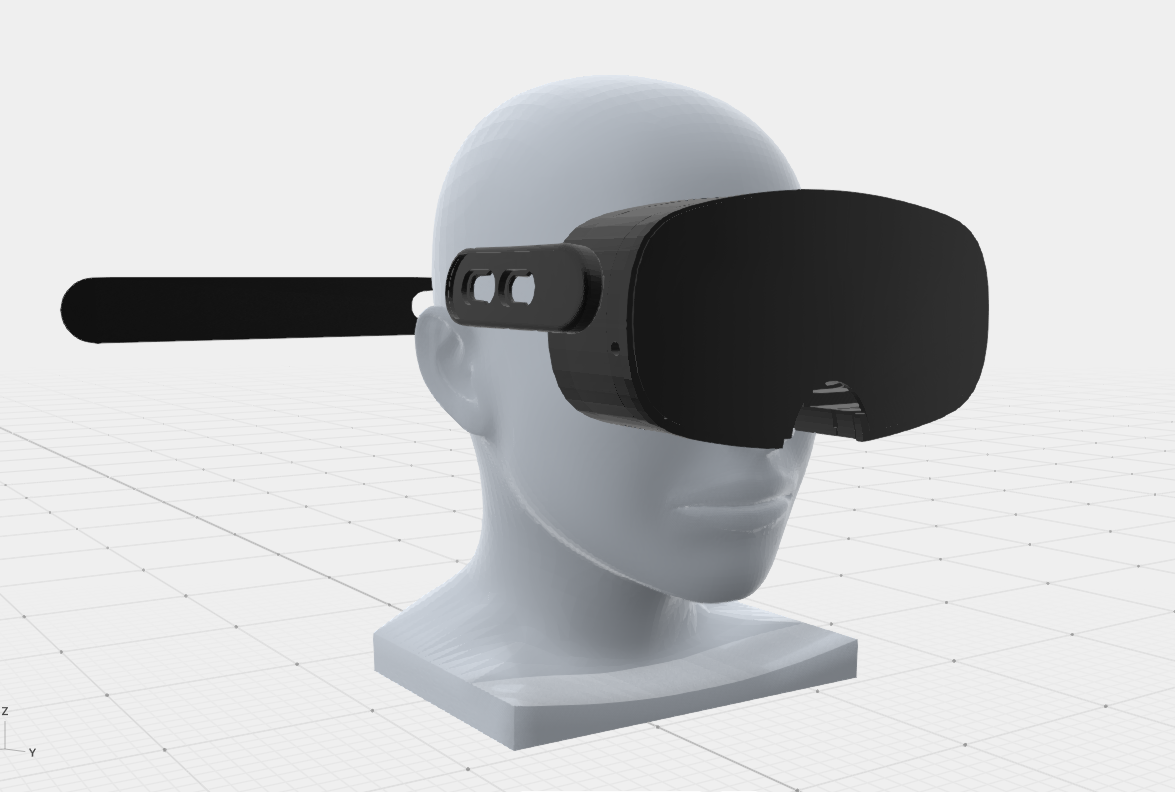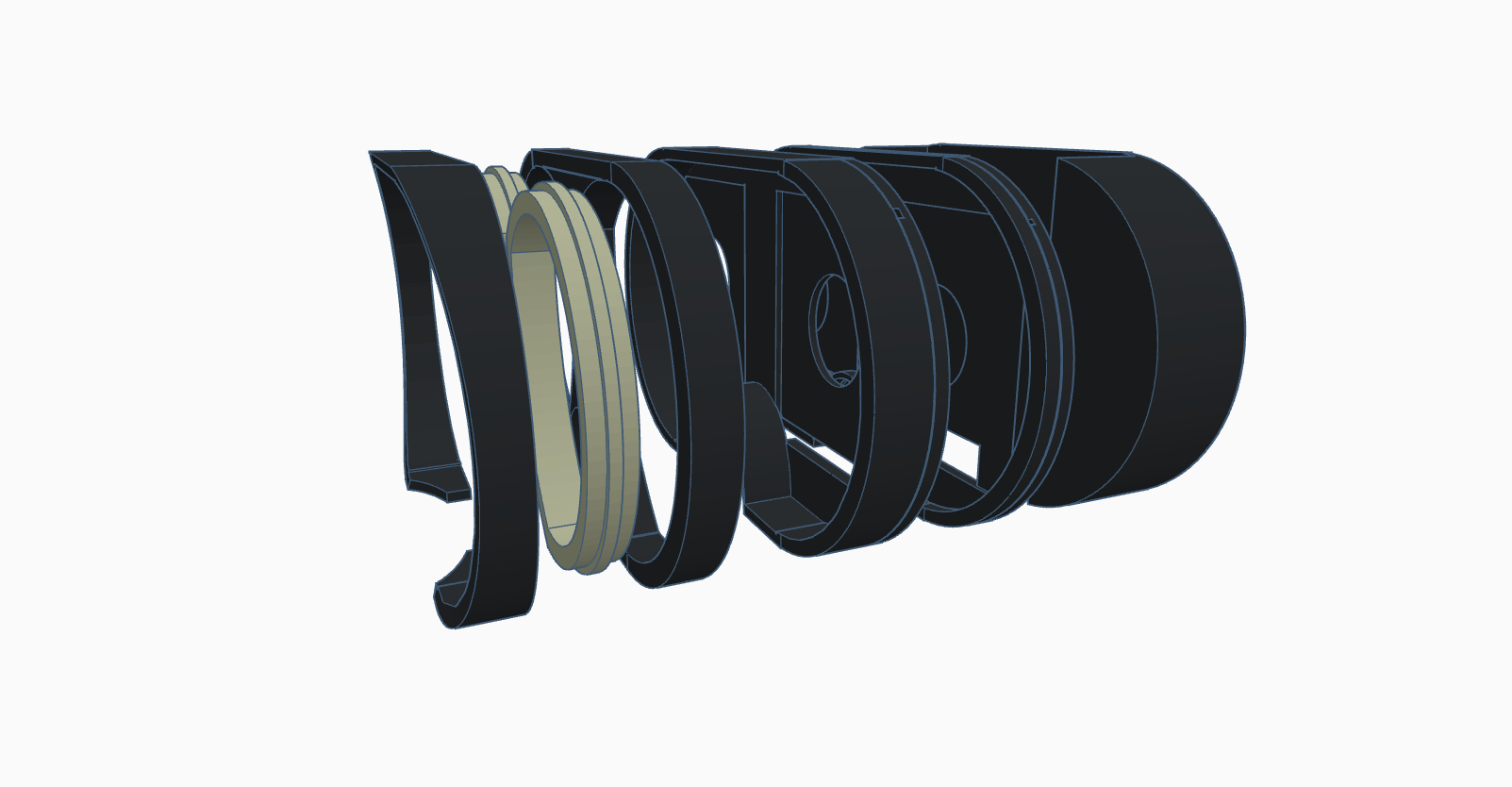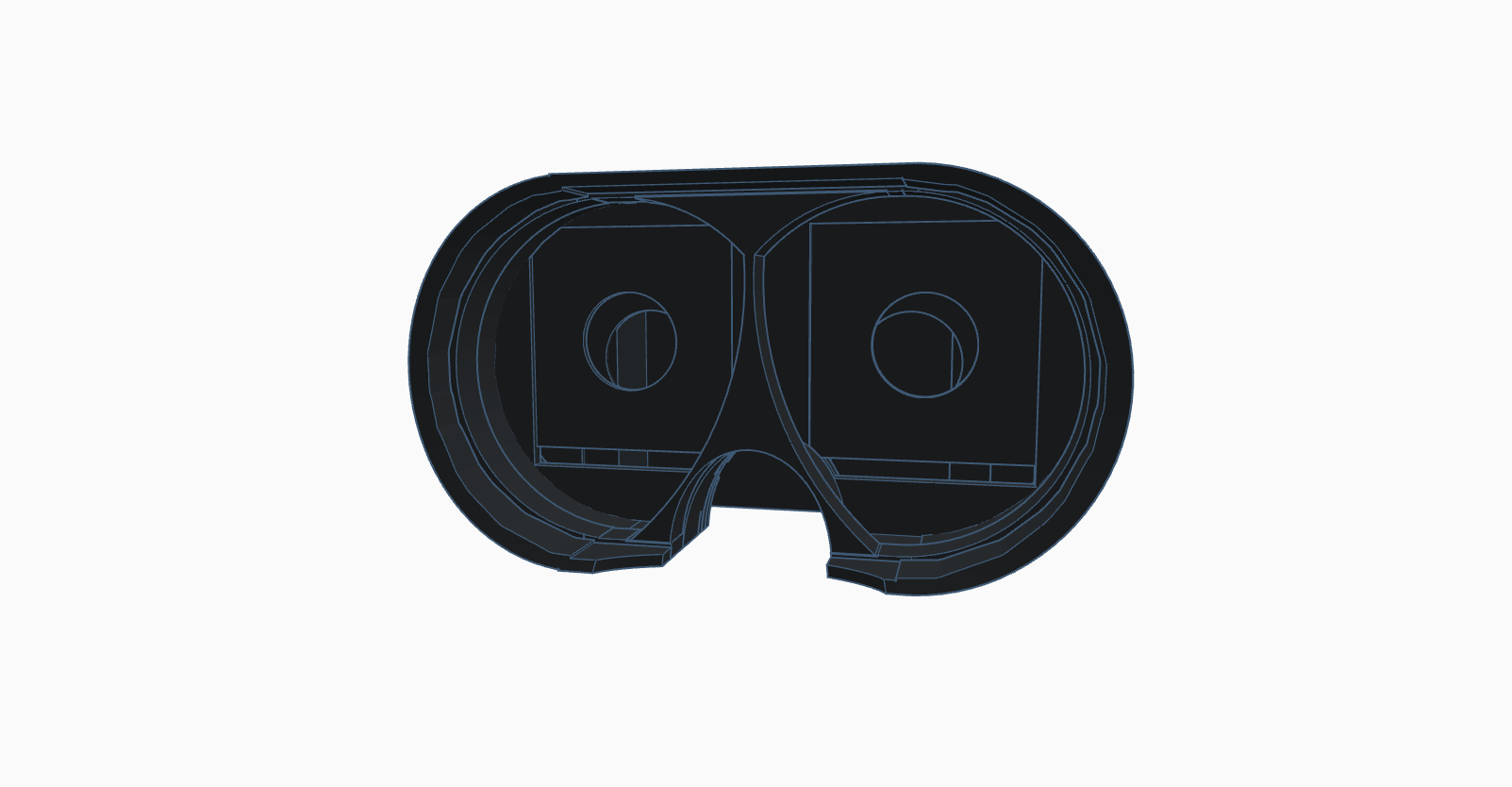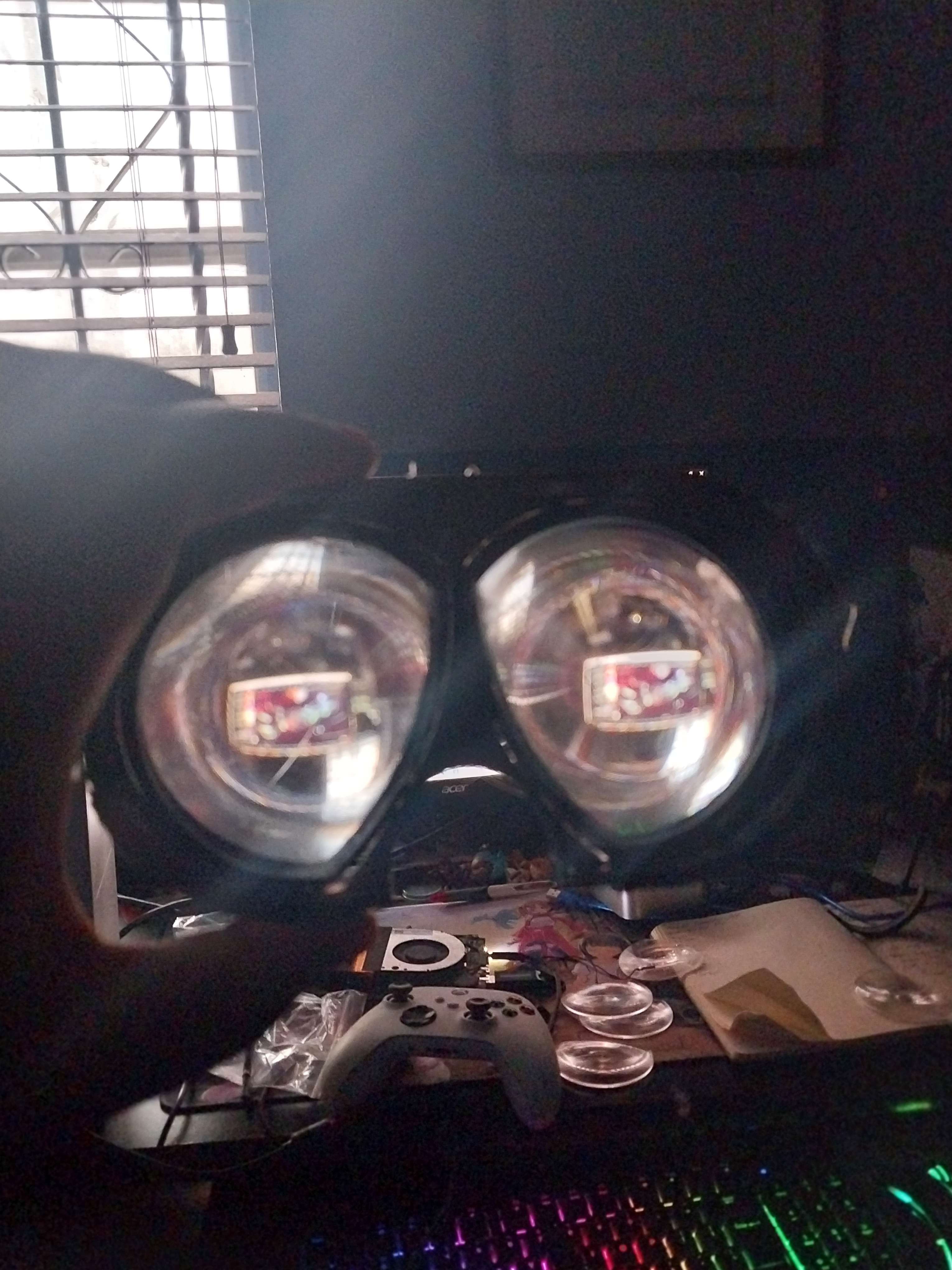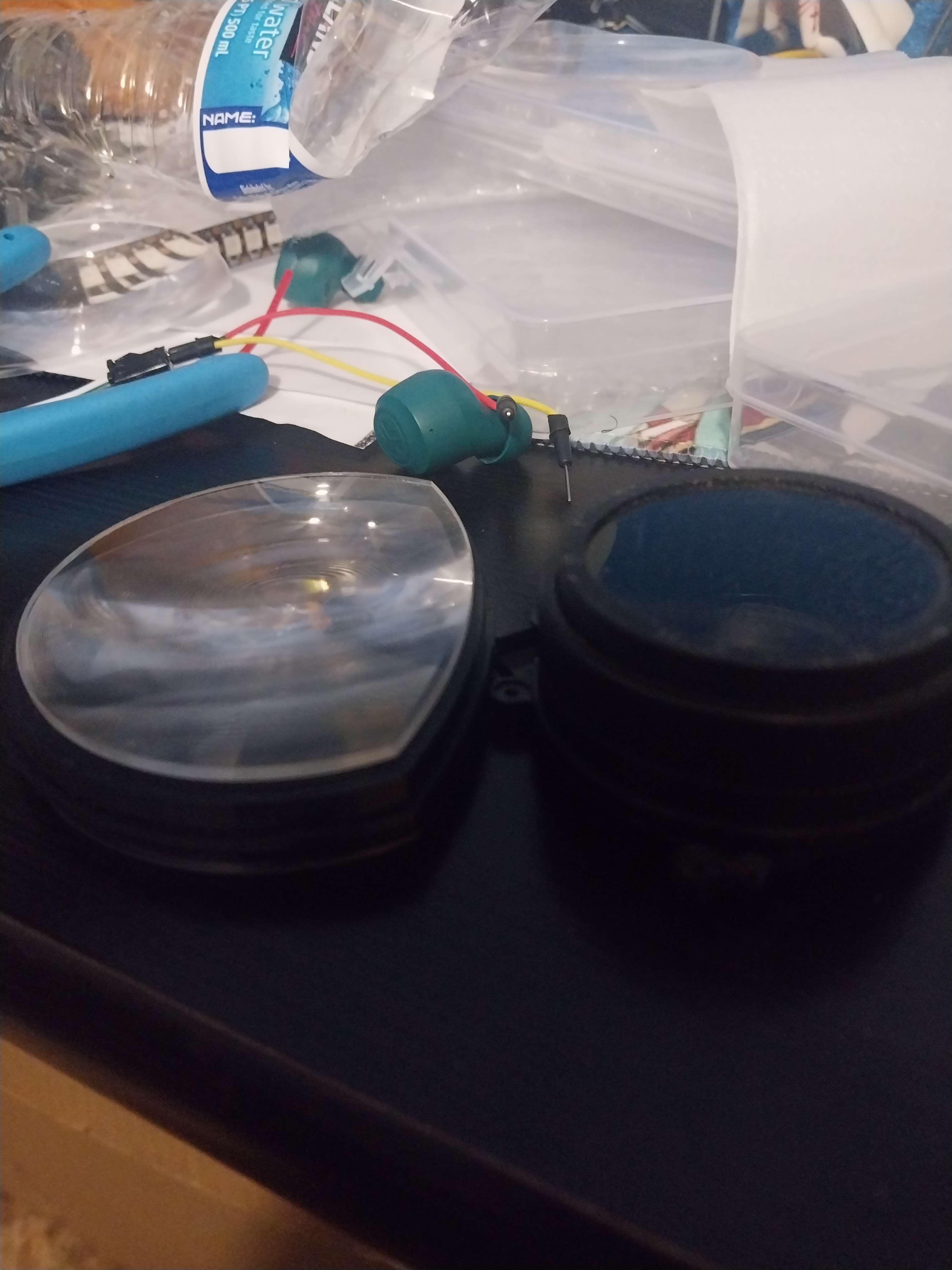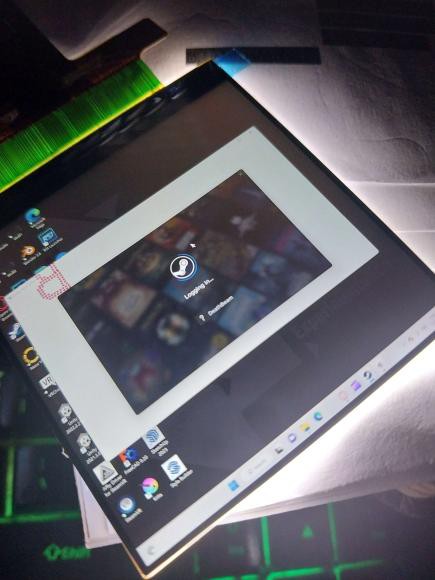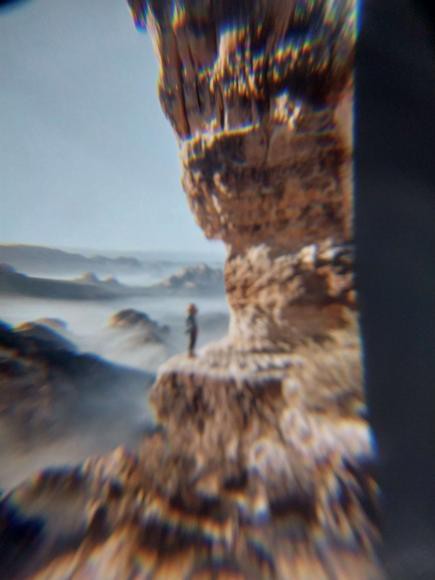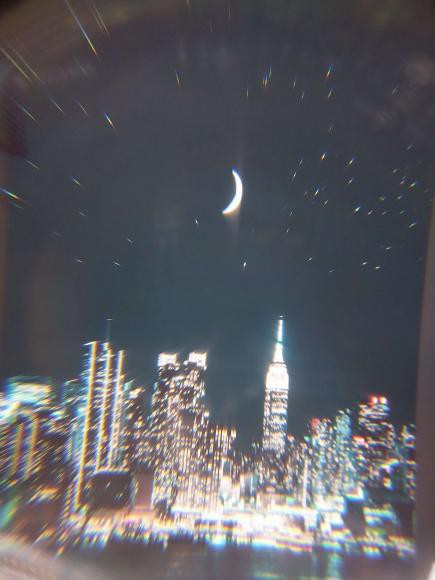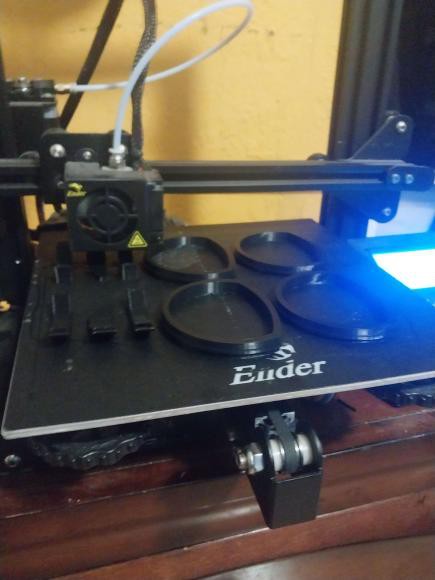Overall, this method turns the distance from the optical lens to the eye much closer than it would otherwise be. To help show this, I used my computer camera (which isn't a super close representation due to the wider FOV and the focusing being slightly off, but is still very close to the distances I deal with when using the display).
To begin, I used the standard checkboard image. This allows me to most clearly check for warping, chromatic abbreviation, etc. The image is below for anyone who wishes to do the same, although perhaps you could use an image with more grids.
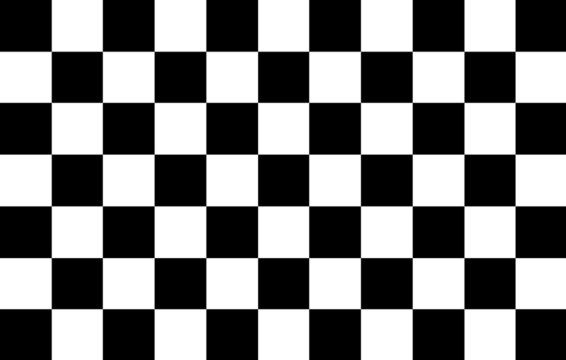
To see the difference between the current optical unit and the standard, I used the camera to take a picture of how the image looks within the lens, and the distance from the camera to the screen (albeit not to perfect scale of course, not until I print a system for this). Also do be aware that the camera has a low resolution, in reality the brightness of the image seems to almost be completely kept and the images are sharp when you find the perfect depth.
Standard lens view (wider due to angle):
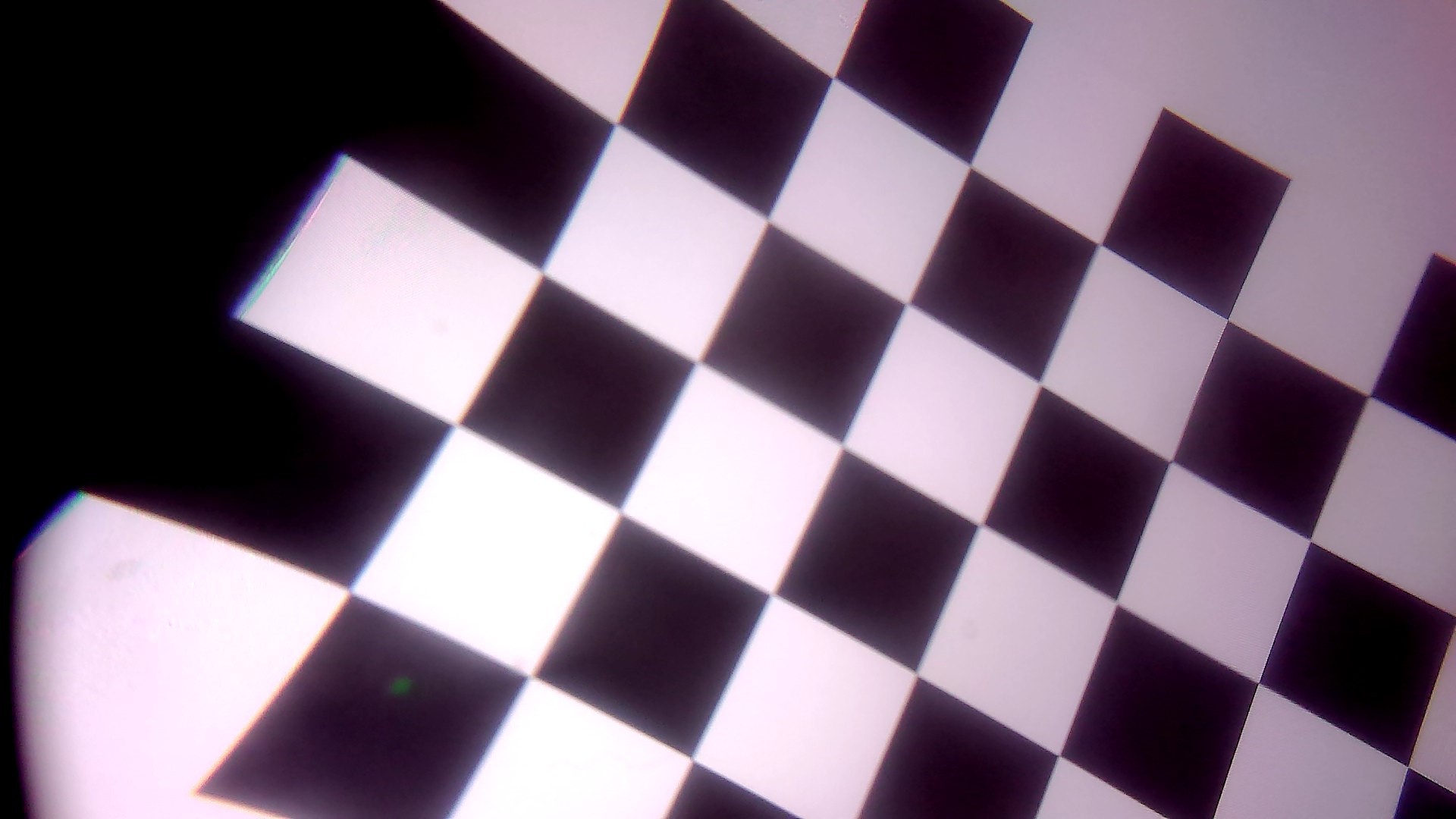
Distance (I'll try to make these better next time, the screen and BG is shown to get a better idea of distance)
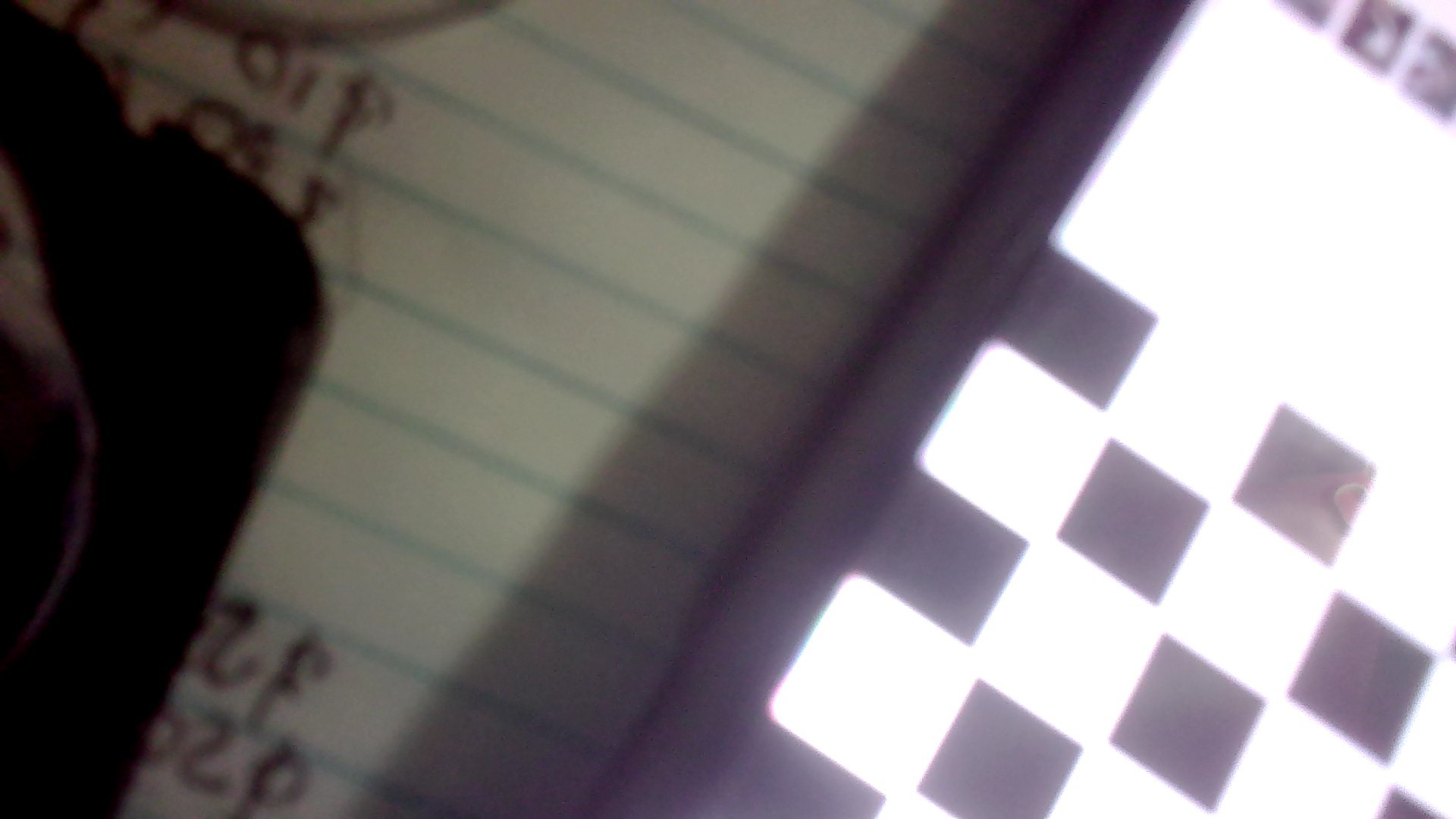
PsuedoPancakes:
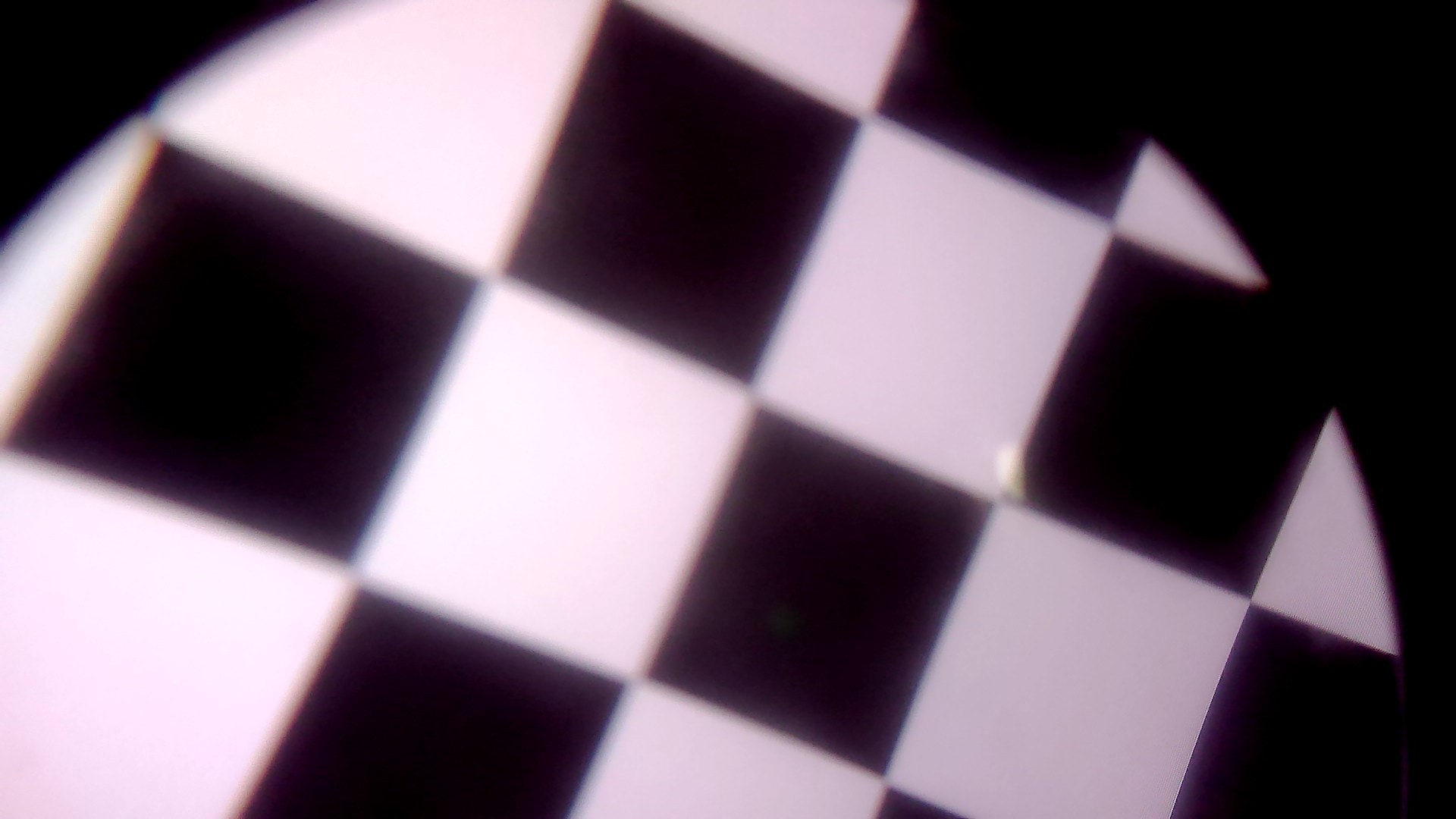
Distance:
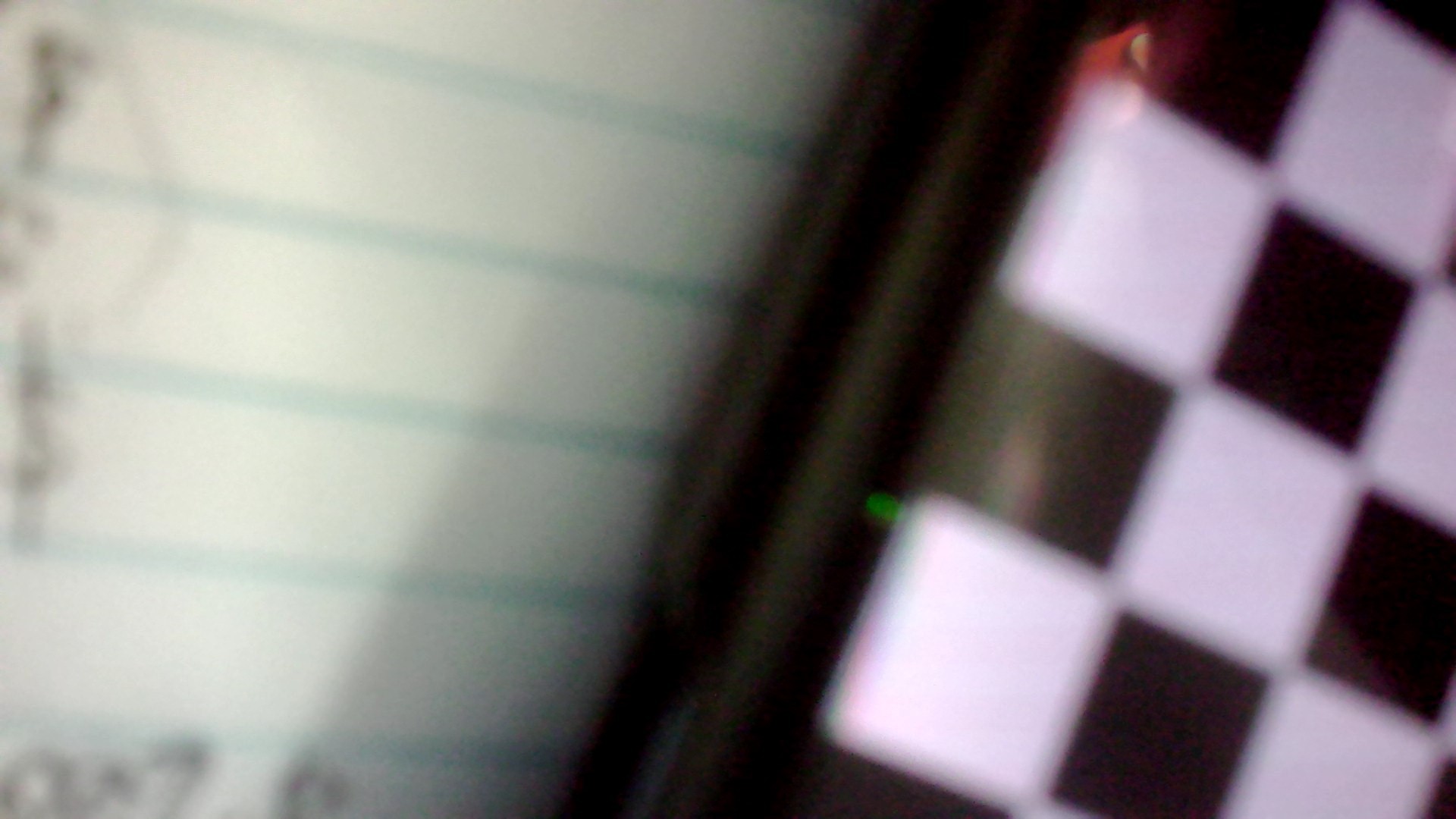
Even though the image is not perfect, it's easy to tell that there is a huge difference in distance. In fact, I have reason to believe that changing the lens focus and distance from each other can greatly affect the distance to be reduced even further. I have a prototype of the Vector Gear which uses pancake lenses, and the distances are not greatly off from each other. I believe that further experimentation will help greatly.
However, this does not come without problems.
As a wise man once said, when God opens a door, he closes a window

In this case, the following occurs:
- Chromatic Abbreviation (Not extreme but noticeable, can be solved with software)
- Made for smaller displays (You would need a larger lens and a more dense lens to have a better image, I can see the pixels on my phone for example, however could be fixed by scaling)
- Wider FOV for smaller area (less of the entire image is shown, which can be seen as both a good and bad thing. It allows the illusion of a much larger display, but you also have to account for the fact that you're working with less screen. A potential fix is again, scaling)
- Warping (Which can be solved with software)
All tests done, including the expansion of the headset's FOV will be recorded and shared for anyone to replicate (Because I HATE gatekeeping), I believe this is well worth the time and effort as it gives what some vendors attempt to sell at a $2k priceline (literal, hello Kopin P95) at what is likely $8 a piece at the very max. I also will be designing the IPD and depth systems to use within the headset, with an electrical based interface (servos and motors instead of regular mechanical).
 WalkerDev
WalkerDev


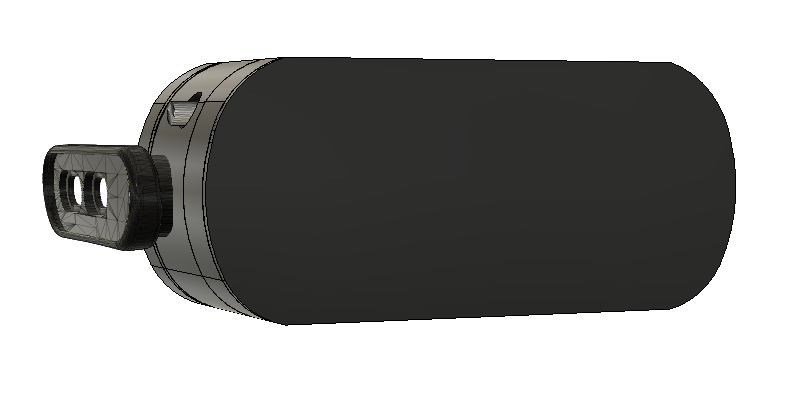
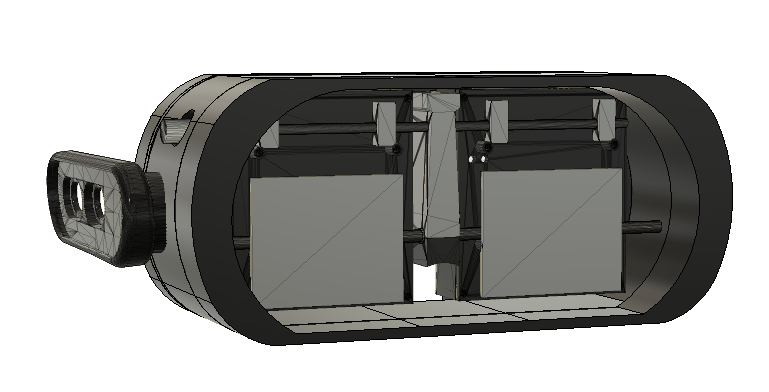
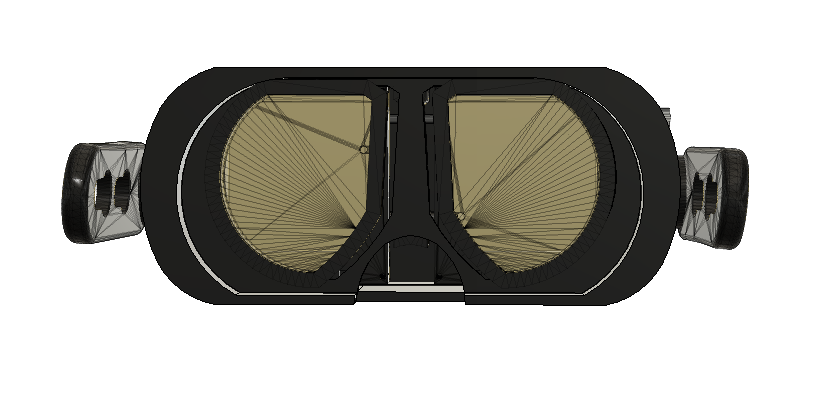
 (As big as it looks, this design is actually 7 x 2 5/8 x 3 inches, a bit smaller than the Quest 3!)
(As big as it looks, this design is actually 7 x 2 5/8 x 3 inches, a bit smaller than the Quest 3!)